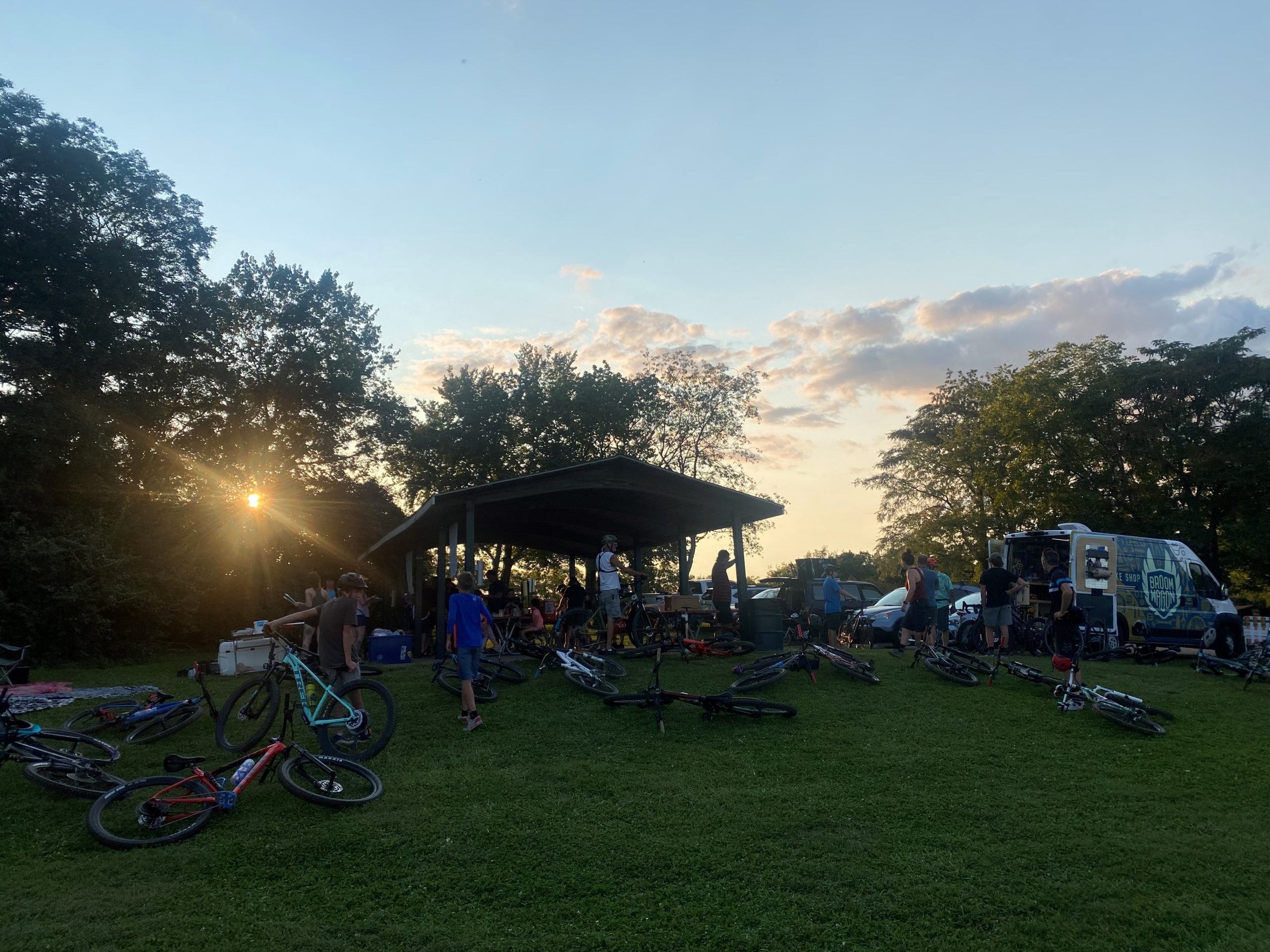Article by Jon Strom // Graphic by Kate Strom // Photos by KYMBA Bluegreass Members
Hot dogs can be so much more than just a simple sausage served in a sliced bun. They’re a staple of picky children, baseball fans and amusement park goers. Star—and sometimes savior—of many a backyard barbecue or campout. They can be fancy pub food or cheap bachelor eats. They’re even a flashpoint for heated debate: “Is it a sandwich?” “What are your preferred toppings and why are they spicy mustard and relish?” “Does using Ketchup make you a monster?” To say the least, hot dogs are an integral part of the American experience and can serve many purposes; but did you know they can build a sense of community and help support mountain bike trails?
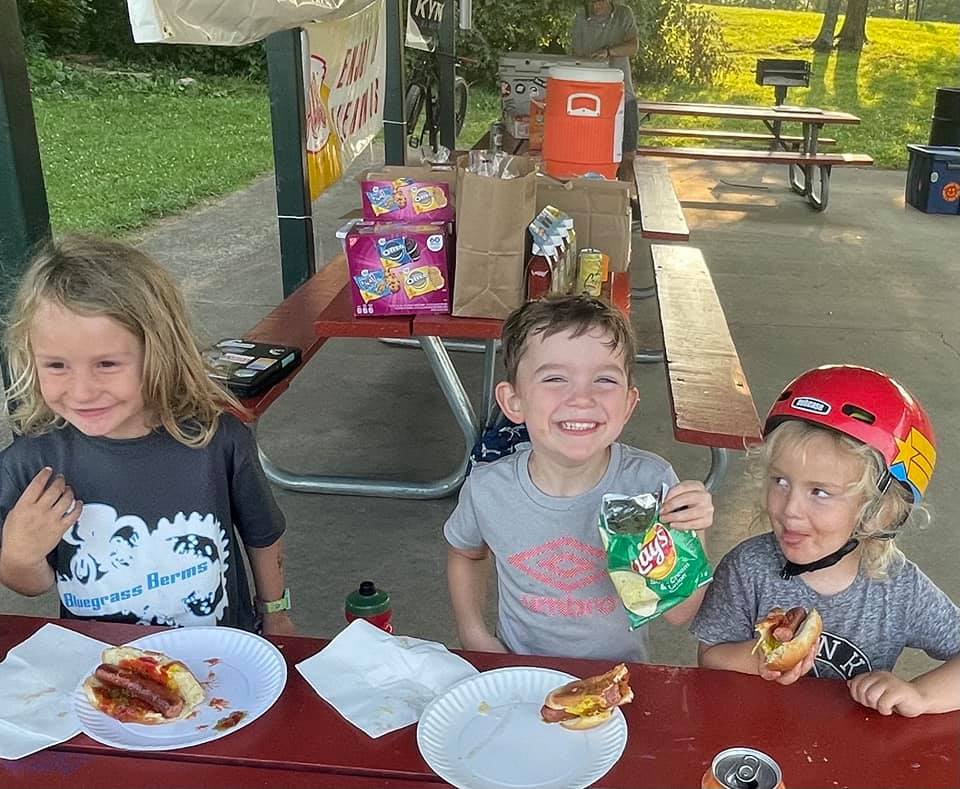
When Kate and I started mountain biking, we were clueless. We didn’t know where to ride, we didn’t know how to read a trail, we didn’t know how to get better…. We needed help. Our local shops were very supportive but there is only so much growth that can occur in a parking lot. We desperately wanted to find some folks to ride with, but opportunities were few and far between at that time. Eventually, our riding group formed organically from trailhead conversations, Facebook posts and friends-of-friends, but the hurdles we faced in finding a dirt family stuck in the back of our minds. As we got more involved in our local club, we looked for ways to help folks connect with each other in a way that would promote friendships, riding groups and progression. Kate and I were lucky enough to find the welcoming and inclusive atmosphere that makes mountain biking so fun, now we wanted to make it easier to access.
What eventually developed, was Franks and Berms.
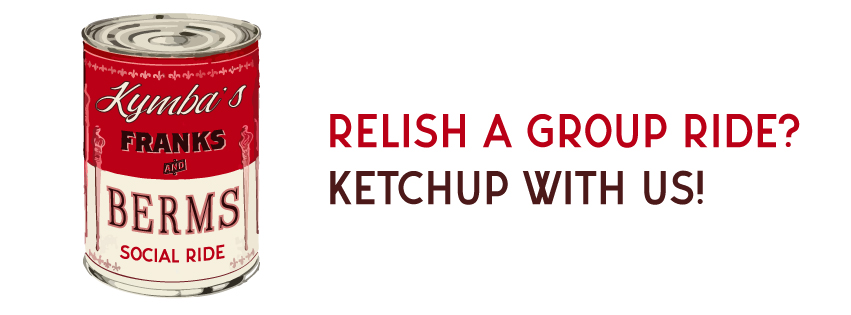
We meet at a local trailhead on the third Thursday of each month of riding season, usually April through October. The event officially kicks off at 6pm with riders paying a $5.00 suggested donation to KYMBA-Bluegrass, our local trail association. Once the food is paid for, the funds go straight into trail maintenance. Starting around 6:30, we send out group rides at staggered intervals. These groups can take many forms based on who shows up: A-pace riders cranking watts, rowdy senders training the jump line, party pacers out for a good time, lady shredders getting stoked, or beginner rides learning the trails and picking up skills. While more established riding groups often pal around together at the events, the beauty of Franks and Berms is that new crews form every month. After a Franks and Berms, you’re almost guaranteed to see freshly minted riding buddies hitting the dirt together or more experienced riders taking a newbie under their wing.
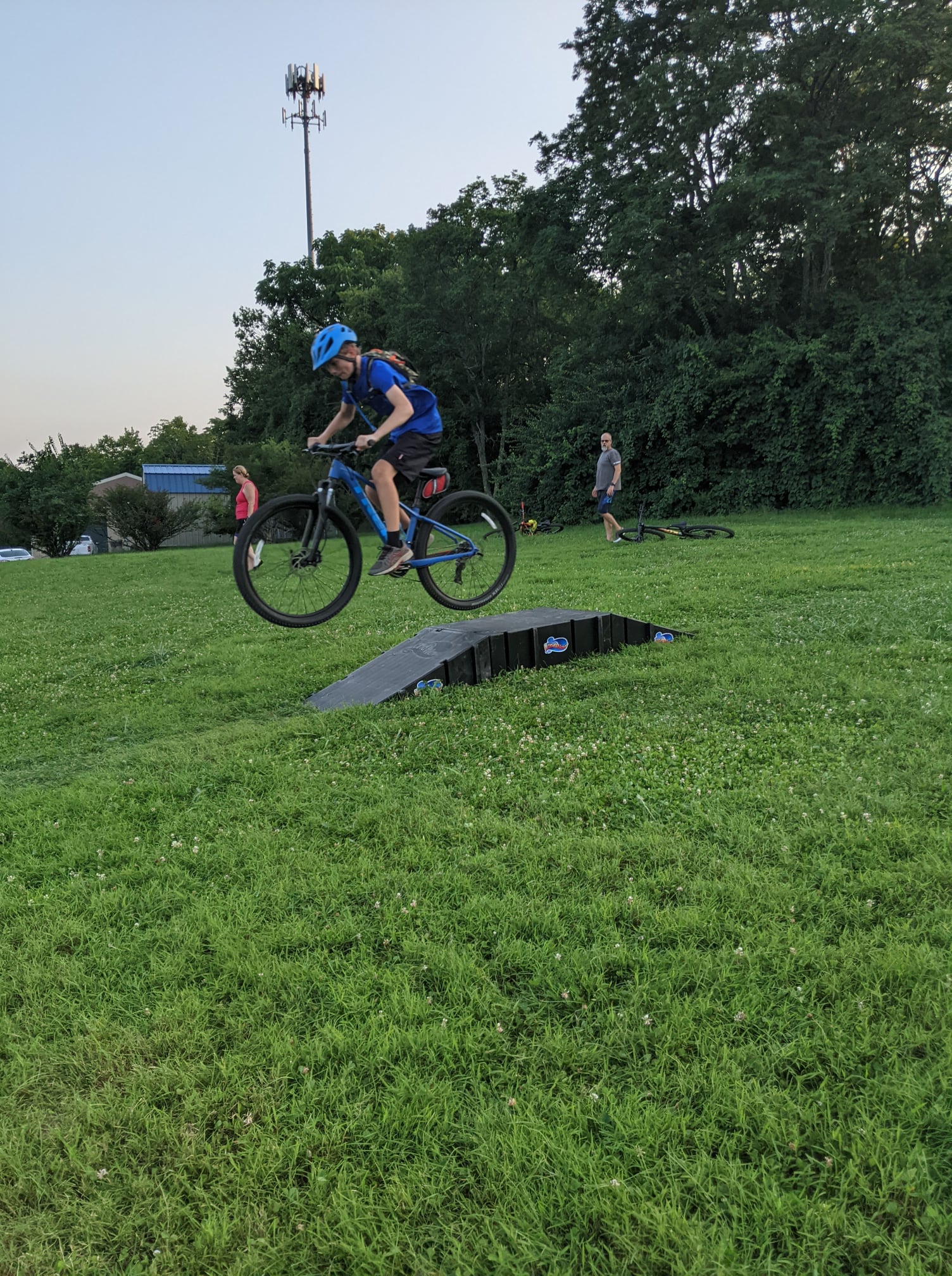

The rides aren’t very long, usually less than an hour, but mileage isn’t the point. We’re here to build camaraderie and confidence. Each group usually spends time sessioning fun features, chatting at intersections and helping each other progress. As the group rides come back, everyone sticks around to share cold drinks, eat a hot dog or veggie dog and get to know each other. Laughter, high fives and stories are plentiful. More often than not, ramps or skinnies come out and folks spend the remaining daylight hours sending party trains into the sunset while the crowd cheers and jeers.
While I’m sure similar events are held all over the mountain bike world, I wanted to share what works for us in the hope that laid back, inviting opportunities to try our beloved sport continue to grow. Admittedly, ours isn’t perfect but we are working to reach out to more diverse groups and create a more inclusive experience for folks from all walks of life. Everyone should have the chance to enjoy a ride through the woods if they want and Franks and Berms is intended to create a welcoming environment for new folks to give mountain biking a try as well as provide an opportunity for riders to more easily connect and bond with each other.
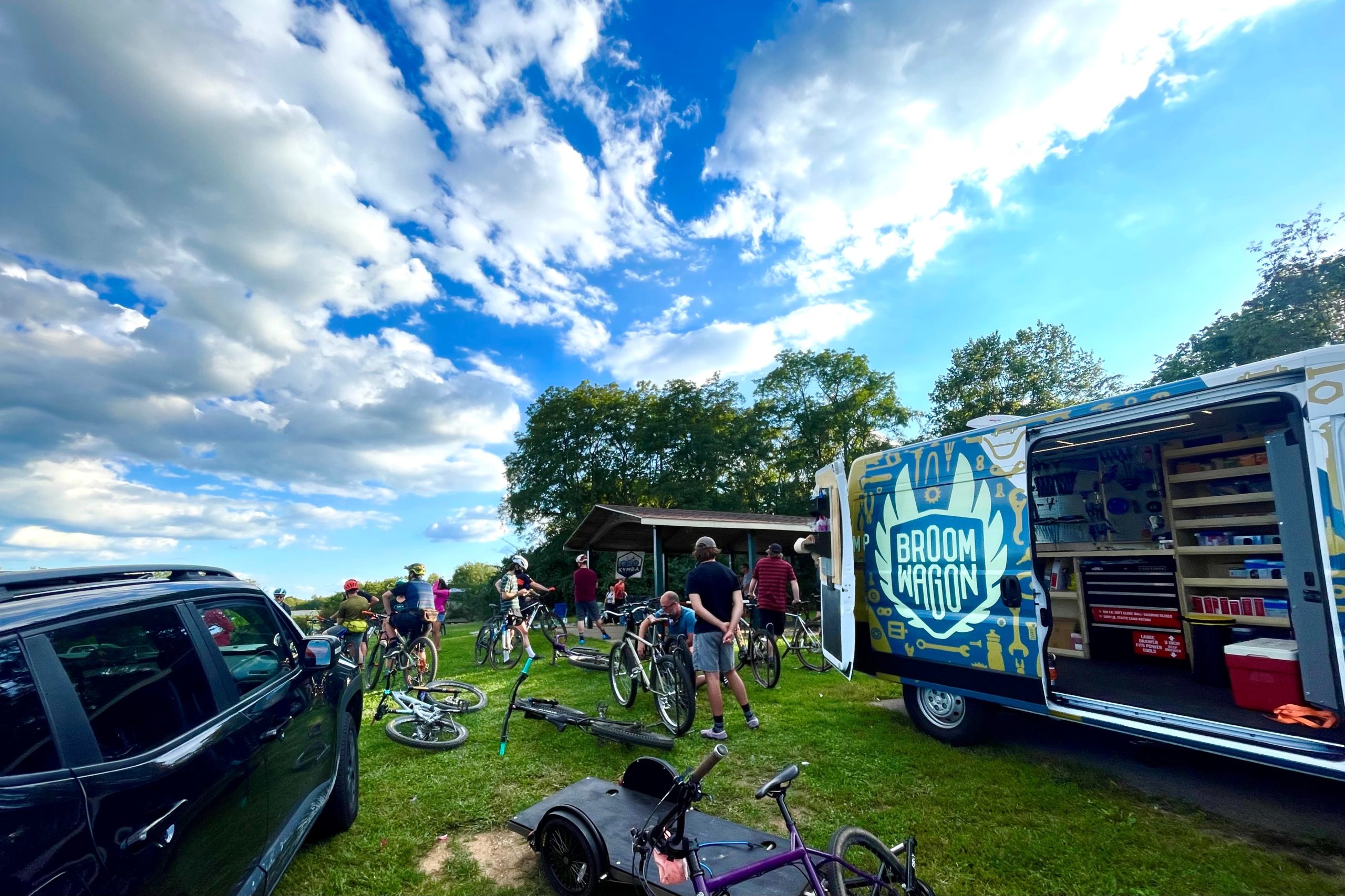
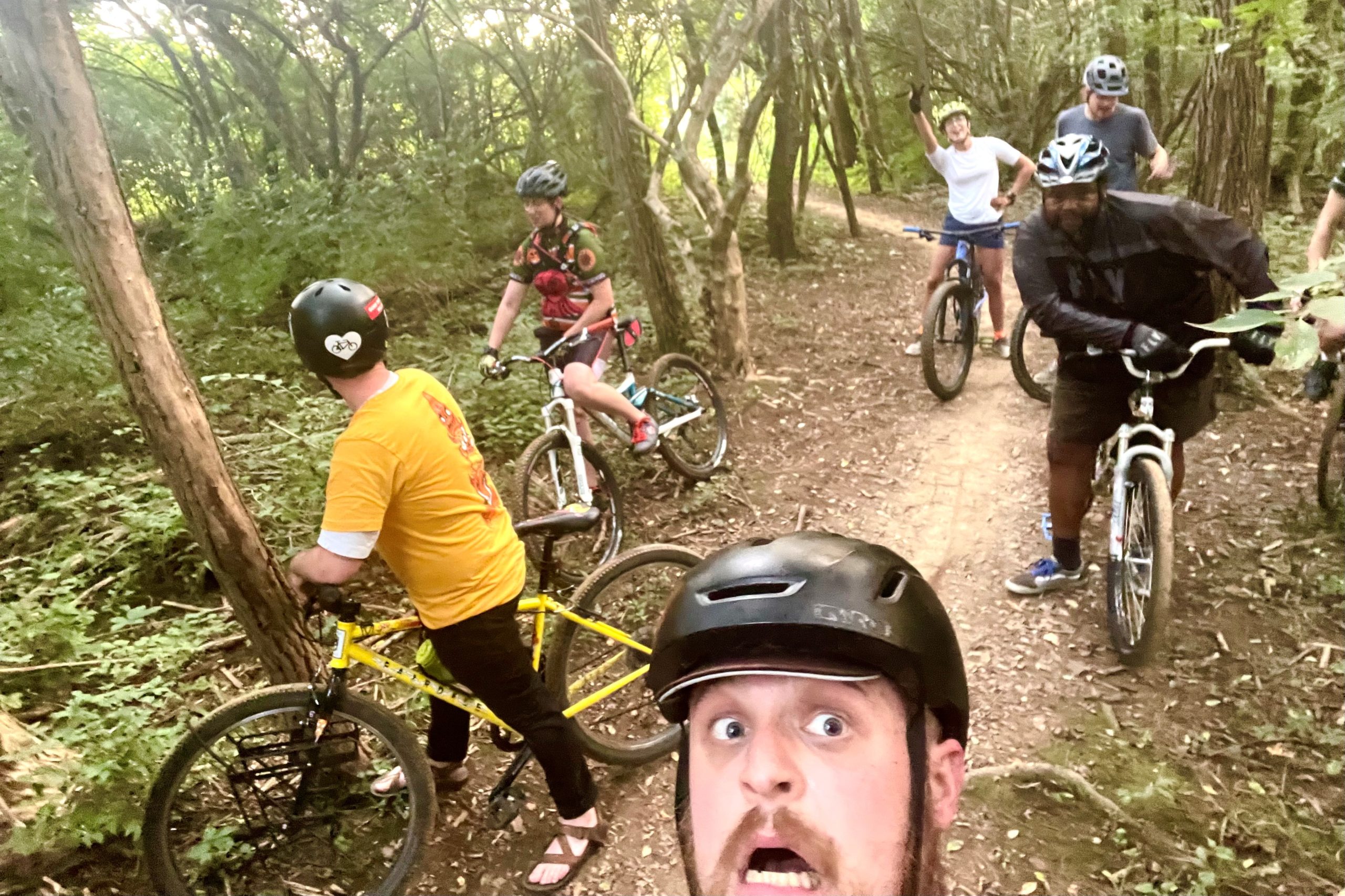
And it seems to be working! The inaugural Franks and Berms brought about 15 people to the trailhead and we considered it a success. More recent Franks and Berms are bringing 80+ riders out on a weeknight, ranging from 4-year-olds on push bikes to (admittedly badass) senior citizens. As I write this, I’m texting with a friend who wants to bring cupcakes and ice cream sandwiches to this week’s Franks and Berms to celebrate his son’s 5th birthday because “Franks and Berms is his favorite thing.” Another parent recently told me her son refers to our local trailhead as “the Hot Dog Place.” But these little shredders are not alone. The event has become the cornerstone of our mountain biking community. Members can’t wait for the third Thursday of each month and are truly disappointed if they can’t attend. Riders bring their non-riding family members and friends to introduce them to their dirt family and more than a few have picked up a bike just to take part in the next month’s shenanigans. Franks and Berms has helped our community grow strong, vocal and connected—and local landowners are starting to take notice. I truly believe big things are coming for Central Kentucky.
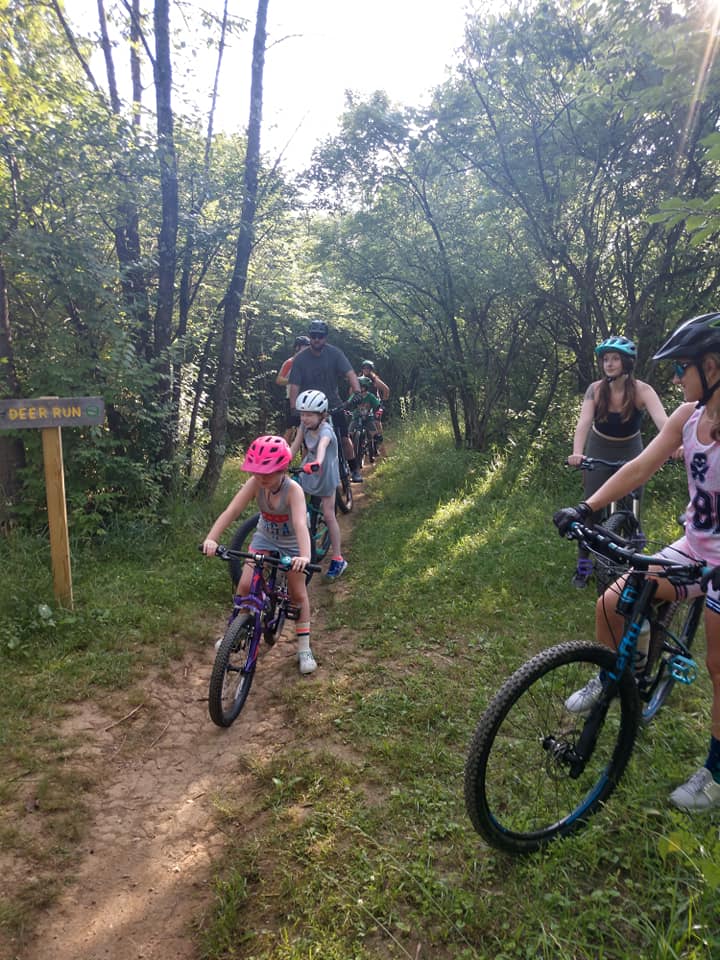

I recently had several lengthy conversations with a friend who relocated to a mountain biking destination™. For months, he sent picture after picture of rowdy trails, beautiful scenery and big smiles; but after a while the shine started to wear off. My friend soon noticed that his local mountain biking scene revolved, almost entirely, around the high-level racing teams that permeated the area. Opportunities for including new riders or helping folks progress were few and far between, and frankly, it seemed like that was how the powers-that-be preferred it. To hear him tell it: if you don’t race, they don’t have time for you. While he thoroughly enjoyed the terrain of his new hometown and understood that the racing scene helped contribute to the top-shelf trail network, he noticed something was missing. He missed the fun, he missed the camaraderie, and he missed having opportunities to see new people get stoked on riding their bikes. He wanted to find ways to help riders in his area connect and grow, so he reached out for tips on how to build the type of community he’d witnessed in Central Kentucky.
I told him to pick up some buns.
